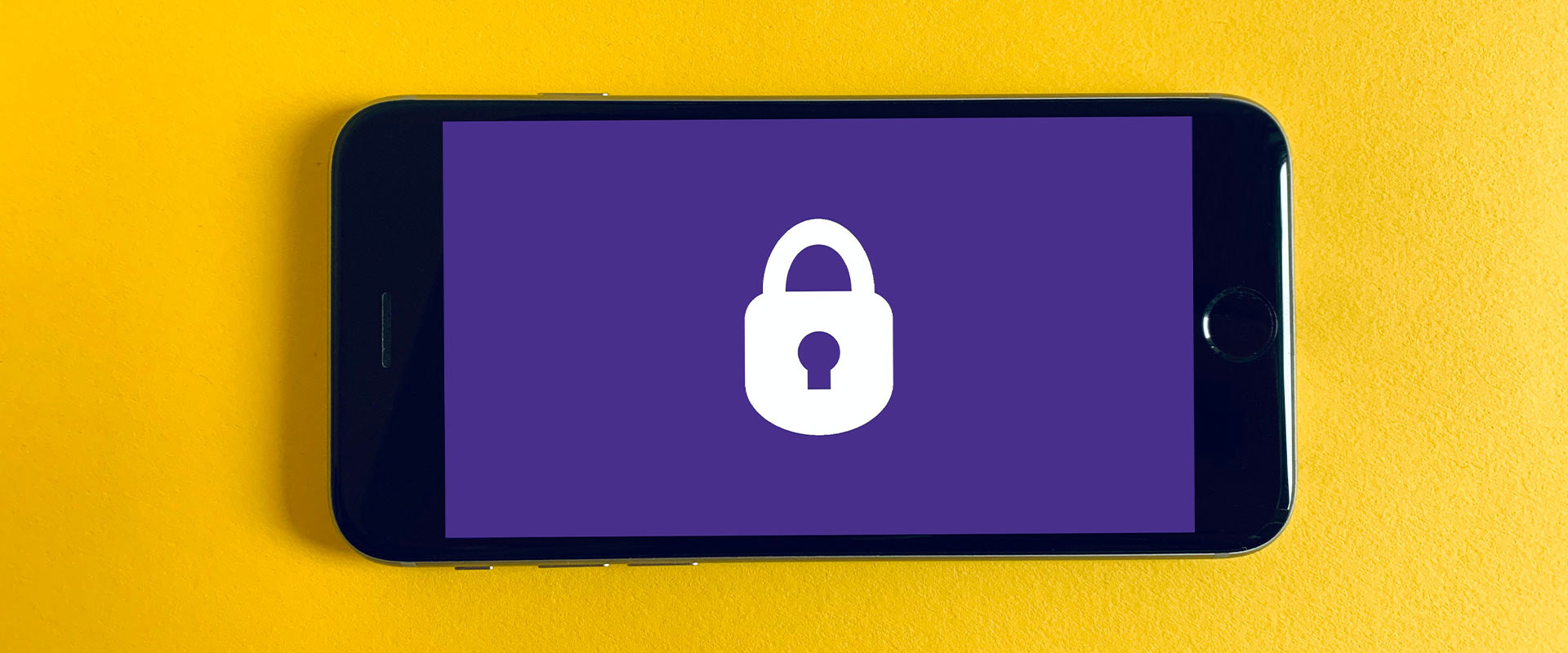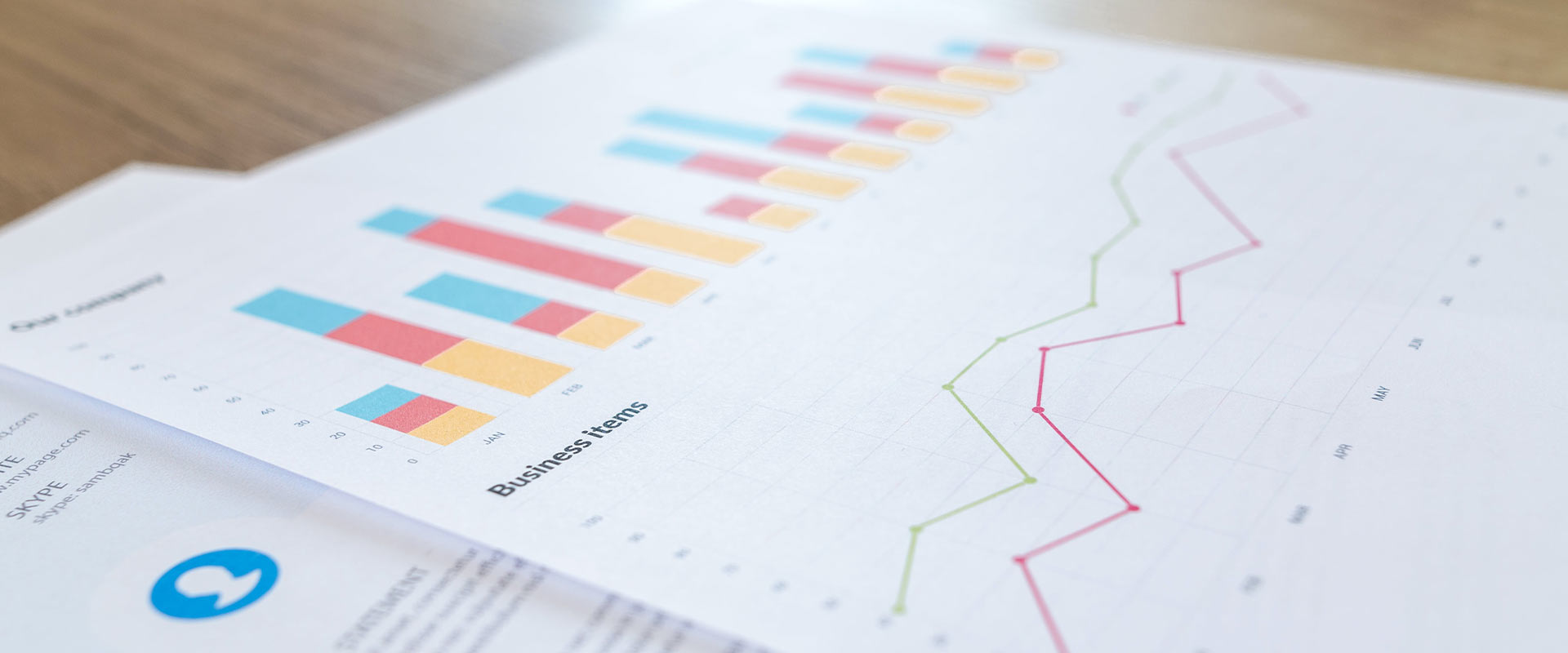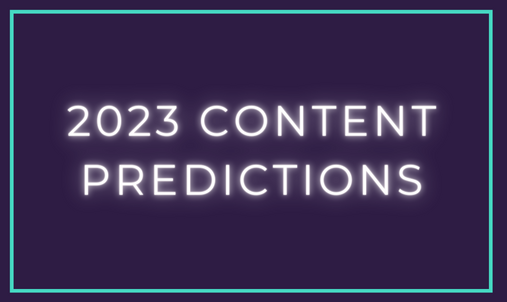2023 PPC Predictions
PPC is a fast-moving world, with advertising platforms constantly introducing new ways of connecting with your target market, developing more targeted ways to enhance your campaigns and changing their advice on best practice. It can be quite overwhelming and hard to keep on top of, but don’t worry – our list of predictions for 2023 is here to help you get a hold of the main trends we see coming in 2023.
Is short-form video the future?
The rise of TikTok has encouraged other platforms like Facebook, Instagram and YouTube to introduce their own version of short-form videos. In many ways these apps are already geared towards a marketing function, with the use of short videos making it an ideal opportunity for marketers and brands to capitalise on an already established audience.
Google has started to gradually roll out ads across YouTube Shorts. It announced that Video action and App campaigns will automatically scale ads across the platform making it an ideal opportunity for advertisers to reach a new audience. Later in the year we will be able to connect product feed data to make ads more shoppable. Insights across the platform are currently limited but we foresee this changing as we move through 2023.
Mobile will continue to dominate
Mobile commerce has seen rapid growth in recent years, with more people consuming content, shopping and purchasing from their mobile devices. By 2025 mobile commerce sales are expected to double. Adopting a mobile-first approach to websites and providing a great mobile experience should be a key priority for any successful business.
Platforms such as Google and Microsoft are looking to capitalise on this trend by introducing further campaign types and ad formats to display ads across more mobile-focused placements. We expect continued development and utilisation across mobile placements in 2023 via the use of short-form video and vertical ads.
A creative-first approach
The introduction of Performance Max campaigns has forced most advertisers to change their marketing strategy. Love them or hate them they can work wonders for the right business. Performance Max campaigns are a great off-the-shelf product that enable advertisers to set up goal-based campaigns that access all of Google’s available inventory.
Advertisers that fully utilise all the creative assets within the campaign can effectively advertise across all available placements Google has to offer, giving them the opportunity to reach a far wider audience as customers shop about the internet. Matched with Google’s enhanced smart-bidding strategies, the campaign will start optimising towards placements, networks, and keywords where conversions are more likely to happen, helping to boost performance and reach sales targets.
We fully expect further customisation and insights to become available across this new campaign type, allowing advertisers to optimise and maximise reach and sales/leads as customers search online.
Investing in first-party data
With the upgrade of Universal Analytics to GA4, data analysis has become increasingly crucial for businesses as the digital world moves into a more privacy-focused future.
Google has announced that it will stop the use of third-party cookies in Chrome by the end of 2024. This does not mean the end of tracking for us advertisers, but it does mean that we will need to use more first-party data to assist us, target and track users as they browse the web and interact with websites. Updated tracking features such as ‘Enhanced Conversions’ and ‘Consent Mode’ are just two updates Google have launched to improve attribution/conversion tracking. Advertisers that have not already set these up within their accounts, will be undervaluing the impact their PPC campaigns are having across their digital portfolio in 2023. We are recommending all of our clients to adopt these new features to ensure we report/optimise as accurately as possible.
Automation
The way people make decisions when shopping online is messy. We know the decision-making process between trigger and purchase is not linear, and this is where AI and the use of machine learning comes into play, helping to optimise towards customers who are more likely to convert/purchase.

We are living in a world where automation is everywhere. In the past few years, Google has invested a huge amount of time and money into developing its automation options for advertisers, and 2023 will be no different. Automation uses AI and machine learning to optimise anything from bids to ad rotation and campaign optimisation. The use of AI and automation enables us as marketers to ensure we are bidding/targeting as efficiently as possible while freeing up time to focus on more strategic tasks that will have a greater impact on performance results.





